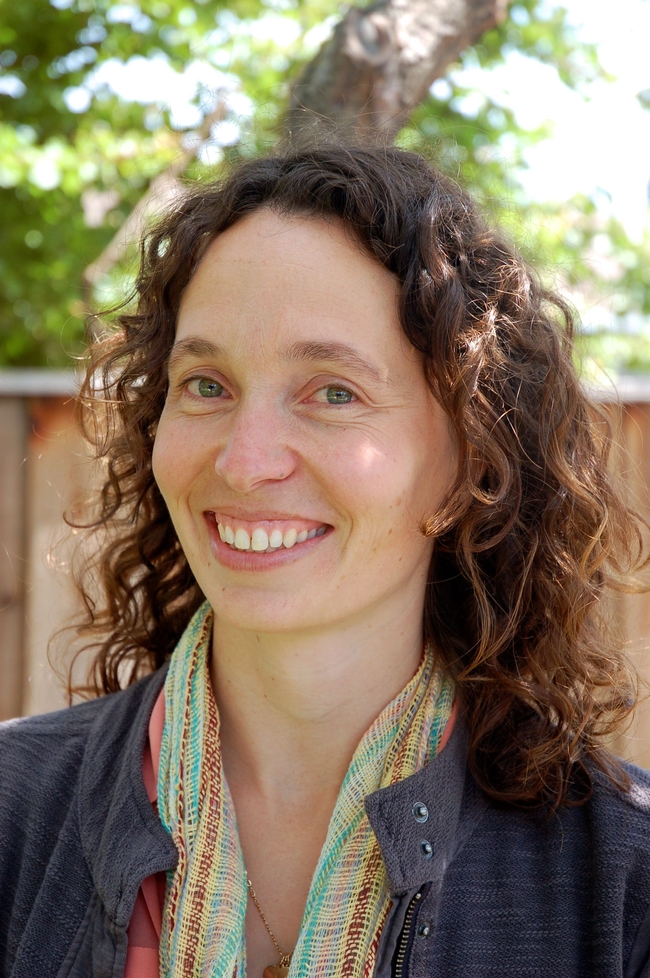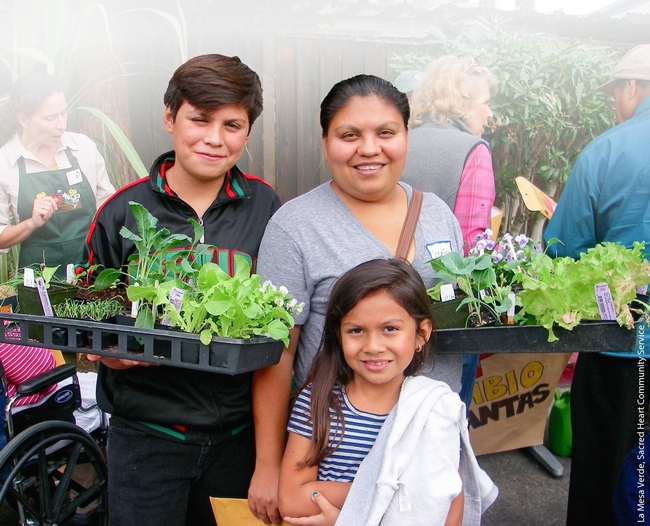
Silicon Valley's culture of innovation, diverse culinary traditions, fertile soils, and Mediterranean climate offer unique food system opportunities. In addition to large tech companies, these two counties are home to roughly 1300 farms with agricultural production valued at more than $450 million. Yet high land values make it difficult for farmers to find and keep land. The high cost of living also contributes to many families' struggle to put healthy food on the table. According to Second Harvest Food Bank, one in three children in Silicon Valley are food insecure. Many of those who are hungry are employed, but don't make enough to cover basic expenses in what has become the country's richest region as well as its most expensive.
Despite these challenges, this is an exciting time to work on food and agriculture in Silicon Valley. Santa Clara County is in the process of implementing the Santa Clara Valley Agricultural Plan to preserve agricultural lands and support a vibrant agricultural economy. The nonprofit organization SPUR is piloting a program to make California-grown produce more affordable for low-income families at grocery stores in San Jose and Gilroy. Civically engaged residents successfully advocated for Urban Agriculture Incentive Zones in the City of San Jose, creating new opportunities to put vacant land to productive use. The region's urban farms are involved in growing food for school cafeterias, developing a food entrepreneurship program, and educating students and the general public about food and agriculture, among many other activities.

Originally from Maine, I relocated to the Bay Area 15 years ago to pursue a PhD at UC Berkeley. For the past eight years, I've been working and raising my family in the South Bay. If you'd like to learn more about my work or Silicon Valley's food system, please be in touch. You can find me here: http://cesantaclara.ucanr.edu/Programs/contact/?facultyid=40005.